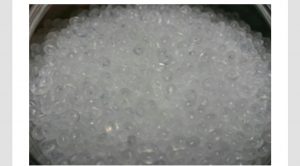
But in the industry, we all know that this is actually a kind of special terms, it is representative of a different type of plastic – in a candle or video game box, the plastic may be you find. Shrink film is sealed, in general, it is sealed in a retail package, and then through a heat tunnel, chemical behavior occurs, would be a collapse of the thin film around the package.
Instead, the stretch film is the one that keeps the tray intact. Usually, it is “pre-stretched”, or it can be done before the film is actually applied to the load, and it is also done by the fpc1 packaging machine. We all know that in fact, the movie doesn’t contract on a tray. The tension between the load and the film is controlled by the critical closeness and the package force.
But, for most people, they all know what you mean – people don’t care if you’re stretching or shrinking!
What’s the bottom line?
Many companies buy movies based on standards and $/ lb. (or price/roll).
In fact, the production of the film has been involved in many chemical projects. Every company is under pressure to buy intelligence. Therefore, the price/pound is a problem that you should not only consider, but also the various factors that many representatives will explain. The shape, type, and weight of your load; Environmental considerations (e.g. in the refrigerator); How will your product be transported and stored? The percentage of pre-stretching you expect, as well as other factors, are included.
In general, if the recipe, gauge, and pre-stretching are correct, we can optimize the correct control of your load. After these factors are aligned, it allows you to know exactly what the amount of film required for each load is the “cut and weigh” process. You can see that this is actually a very important distinction because, in general, if it’s something that looks shiny, it’s not likely to be packaged into a containment.